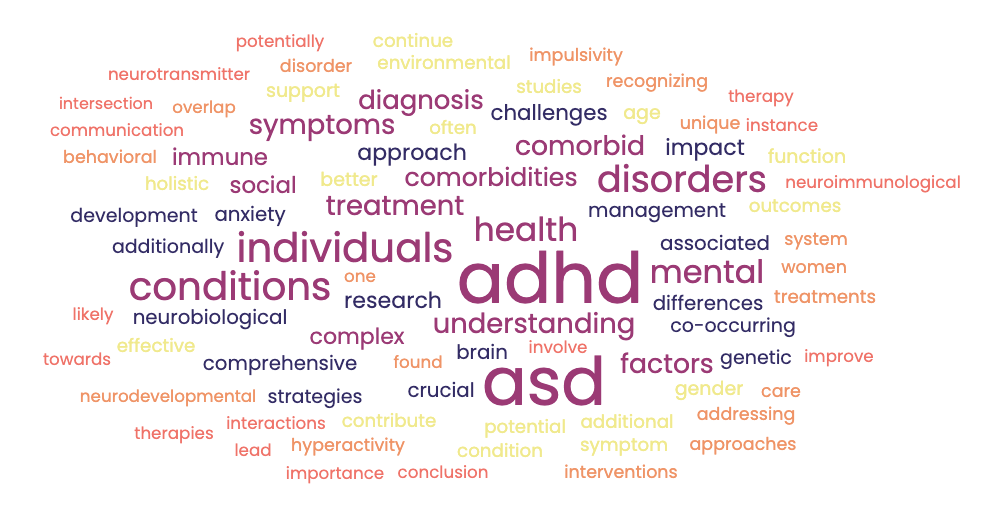There have been many changes to the our healthcare system – managed care organizations are enrolling more individuals, providers are spending less time with patients and costs are being more carefully monitored. The United States healthcare system has maintained a fairly stable position as the most expensive healthcare system in the world (The World Health Report, 2013). Though healthcare expenditure has increased in the past few decades, the quality of care has gone down. The United States ranks lower on health outcomes, quality and efficiency as compared to other countries.
Physicians in the U.S. are constantly forced to deal with administrative hassles, care coordination and the difficulties in receiving timely information (Davis, 2014). A study from the University of California, San Francisco (UCSF) reported that the average U.S. patient-physician face-to-face time is about 1/2 the average of that in New Zealand and 1/3 of that in Australia. This has impacted the management of chronic conditions and helps to explain why Americans have poorer overall health outcomes compared to citizens of other countries (Bindman, Forrest, Britt, Crampton, & Majeed, 2007). The low relative ranking of our healthcare system shows there is an inverse relationship between quantity and quality.
While all these changes have been taking place and continue to take place with the Affordable Care act, the internet continues to be the main source of health information delivery system for many individuals with chronic health conditions. The internet provides a diversity of health care information, including: online global network communities for individuals with common interests and support, e-mail, e-commerce, forming sites for consumers to share stories and experiences and also delivering the information and resources at a very low-cost (Mittman & Cain, 1999). This channel of information delivery has given the consumer more control of their own health (Pennbridge, Moya, & Rodrigues, 1999).
Individuals are using the internet to research information about their medical conditions, treatment side effects, and for second opinions. Though there are many reliable health-focused internet sites, there are many sites that have misleading information. Even though many may be getting information from these unreliable sites, studies suggest that the majority of health information seekers are confident that they are accessing reliable information, and most do not share this information with their doctors.
Despite the existence of many reliable medical and health-related web sites, several reviews have demonstrated that patients may encounter potentially misleading or inaccurate information when navigating the internet (Biermann, 1999; Sacchetti, Zvara, & Plante, 1999; Pandolfini, Impicciatore, & Bonati, 2001). The problem is that much of the health related information on the internet does not pass through an editorial review process and many websites do not even provide the author’s name (Ayonrinde, 1998; Lindberg & Humphreys, 1998).
Many difficulties exist when integrating the internet into health and health care. These difficulties include (Mittman & Cain, 1999).:
- Poor-quality of information on numerous websites
- Not knowing the source of origin or authorship
- More often than not there is no editorial review process on these sites
- The uncertainty and uneven quality of publicly available information
- The lack of universal standards for communications and transactions
What should you do and where should you look for accurate information? I have included the National Institute of Medicine/National Institute of Health link that discusses this in detail so please review this site and the video tutorial. In brief:
- Always consider the source
- When you go to a site look for an “about us” page and always check to see who is running the website. Is it …
- A branch of the government
- A university
- A health organization
- A hospital
- A business
- Focus on quality of information
- Check for source citations. Are the authors referencing high quality studies? For example are they quoting journal articles from peer-reviewed publications? If unsure always check with a health-care professional.
- Check to see if the site has an editorial board.
- Is the information reviewed before it is posted?
Resources to help you evaluate the health information you are finding online:
http://www.nlm.nih.gov/medlineplus/evaluatinghealthinformation.html
16 Minute Video Tutorial from National Institute of Health
http://www.nlm.nih.gov/medlineplus/webeval/webeval.html (you can watch it directly on their website)
OR
http://www.nlm.nih.gov/medlineplus/webeval/webevaldownload.html (you can download the video and watch it later)
REFERENCES
-
Ayonrinde O. (1998) Patients in cyberspace: information or confusion? Postgrad Med J. 74:449–50.
-
Biermann JS, Golladay GJ, Greenfield ML, Baker LH. (1999) Evaluation of cancer information on the Internet. Cancer. 86:381–90.
-
Bindman, A. B., Forrest, C. B., Britt, H., Crampton, P., & Majeed, A. (2007). Diagnostic scope of and exposure to primary care physicians in Australia, New Zealand, and the United States: cross sectional analysis of results from three national surveys. British Medical Journal, 334(7606), 1261. doi: bmj.39203.658970.55 10.1136/bmj.39203.658970.55
-
Davis, K. Stremikis, K. Squires, D. and Schoen, C (2014). Mirror, Mirror on the Wall: How the Performance of the U.S., Health Care System Compares Internationally. The Commonwealth Fund
-
Lindberg DA, Humphreys BL. Medicine and health on the Internet: the good, the bad, and the ugly (1998). JAMA. 280:1303–4.
-
Mittman, R., & Cain, M. (1999). The Future of the Internet in Health Care: Five-Year Forcast. Oakland: Institute for the Future, Written for California Healthcare Foundation.
-
Pandolfini C, Impicciatore P, Bonati M. (2000) Parents on the web: risks for quality management of cough in children. Pediatrics. 105(1):e1
-
Pennbridge, J., Moya, R., & Rodrigues, L. (1999). Questionnaire survey of California consumers’ use and rating of sources of health care information including the Internet. The Western Journal of Medicine, 171(5-6), 302-305.
-
Sacchetti P, Zvara P, Plante MK. (1999). The Internet and patient education resources and their reliability: focus on a select urologic topic. Urology. 53:1117–20.








